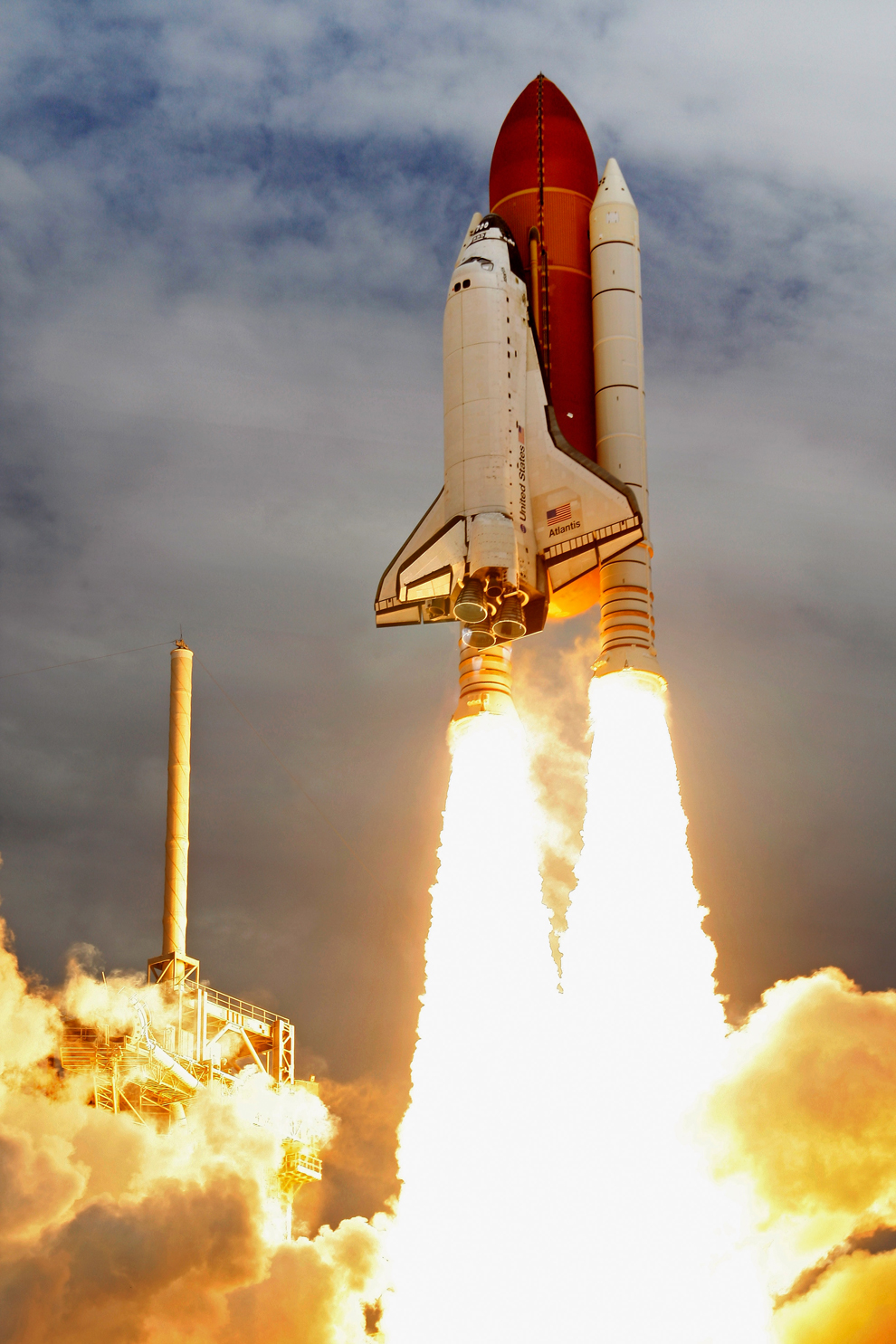

STA-099 rolled out of Palmdale on February 14 (Valentine’s Day), 1978.įor the next year, STA-099 was put through the wringer, with numerous vibration and thermal tests to provide and ground the light weight airframe design planned for future Shuttle orbiters.Īs stated by Volume II of the NASA Engineering and Safety Center Technical Report from June 14, 2007, “There was a high probability that performing static strength tests to demonstrate ultimate design limits (1.4 times limit load) would result in deformations and strains that render the vehicle unusable for flight.” STA-099’s tell-tale Delta wings arrived on-dock at the Palmdale, California construction facility on March 16, 1977.įinal assembly began later that year on September 30 and was completed on February 10, 1978. This was followed on Jby the start of structural assembly of the aft-fuselage. On November 21, 1975, engineers began structural assembly of STA-099’s crew module. For the next three years, components for STA-099 were manufactured simultaneously with components for what would eventually become orbiter Columbia.


To this end, the contract to begin construction of STA-099 was awarded on Jto Rockwell International. Since computer technology in the 1970s was not powerful or advanced enough to accurately calculate/predict the effects a “light weight” airframe would have on an orbiter’s performance and ability during launch and entry ops, NASA opted to build STA-099 and submit the Structural Test Article to a year of intense vibration and thermal testing. The early history of Challenger is arguable the most complex of the six Shuttle orbiters (Enterprise, Columbia, Challenger, Discovery, Atlantis, and Endeavour) constructed by NASA in the 1970s, 80s, and 90s.īeginning life as STA-099 (Structural Test Article -099), the components that would eventually become the airframe and body for orbiter Challenger were initially used by the Space Shuttle Program (SSP) to test and validate the effects of launch and entry stress (including heating) on a “light weight” Shuttle airframe – a weight reduction savings that would, in turn, allow future orbiters (from Challenger through Endeavour) to have a greater payload weight to orbit capability than pioneer orbiter and older sister Columbia. Quickly rising to prominence as the fleet leader (in terms of not only the number of missions flown, but also her impressive scientific and technological accomplishments), Challenger was the workhorse of the early days of the Shuttle fleet, setting numerous records and leaving behind a legacy of education, inspiration, and safety. Embarking on her 10th mission on January 28, 1986, Challenger was at the time the most-flown orbiter in NASA’s fleet. 25-years ago today, Space Shuttle Challenger was lost with all hands in the bright blue sky over Central Florida.


 0 kommentar(er)
0 kommentar(er)
